Star Topology
Published: 2 Aug 2025
Many schools, offices, and homes use star topology because it is one of the most reliable ways to build a computer network. This layout connects all devices to a central hub, making it easier to manage, fix problems, and expand. It is part of the basic network architecture found in most local area networks today.
What is Star Topology
Star topology is a type of network layout used in computer networks. In this setup, all devices are connected to one central hub or switch. Each device has its own cable that links it directly to the central point. This makes the network look like a star shape.
The central hub controls all the data that moves between devices. If one cable or device stops working, the rest of the network still works fine. This setup is common in homes, schools, and offices because it is easy to manage and simple to expand.
Star topology is part of wired network systems and helps keep the network strong and stable. It is a popular choice for local area networks and is often used in network planning because of its clear structure and easy troubleshooting.
History of Star Topology
The idea of star topology started many years ago when people needed a better way to connect devices in a computer network. In the beginning, most networks used bus or ring layouts. These were simple, but they had many problems. If one part broke, the whole network could stop working. That is why there was a need for a stronger and easier system.
Then came the star topology, where all devices connect to one main point called a central hub or network switch. This was a big change in network architecture. It made things easier to fix and faster to use. Over time, star topology became popular in both homes and offices.
In the early days, this setup was mostly used in big companies. As technology grew and became cheaper, more people started using it at home and in schools too. The growth of local area networks also helped star topology become a top choice. The design made network cable management simple, and the layout was easy to understand.
Today, star topology is a common part of network planning. It is used in many wired networks. The layout is known for its clean structure, safe internet connection points, and easy setup. It is often shown in a star topology diagram, where one central point links all the devices in star topology.
From large business systems to home networking setup, the star network layout continues to be trusted. People use it because of its strength, safety, and easy repair steps. It also works well in schools, where teachers and students rely on strong and fast internet.
The history of star topology shows that simple ideas can lead to big improvements in how we connect and share. It is one of the best examples of smart network architecture that still helps people today.
- What is Optical Mark Reader (OMR) – Uses and Benefits Explained
- What is Barcode Reader – How It Works & Uses in Daily Life
- Types of Scanner in Computer – Features and How to Works
- What is Scanner in Computer
- What is Light Pen in Computer
Types of Star Topology
There are different types of star topology used in modern computer networks. Each type has a special way of working. They are designed to match the needs of small, medium, or large systems. These topologies help in improving network reliability, network performance, and fast troubleshooting. Here are the main 4 types of star topology.
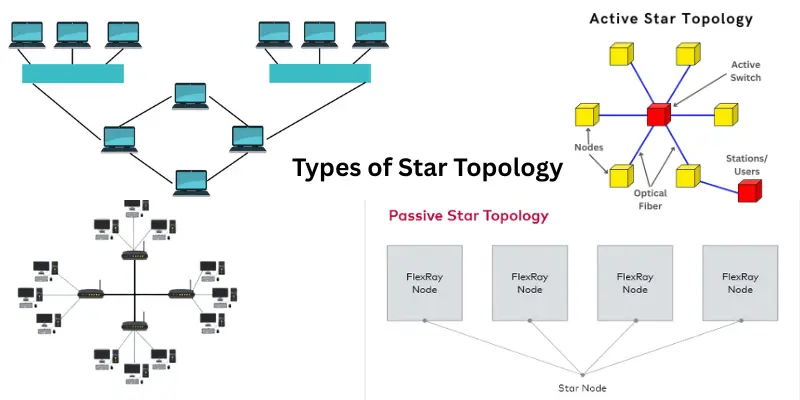
- Active Star Topology
- Passive Star Topology
- Extended Star Topology
- Hybrid Star Topology
Let’s explain 4 types of star topology:
1. Active Star Topology
It is a type where the central device is not just a connector. It also helps in controlling and boosting the data signals. This device is often a network switch or a network router. They are smart devices that make sure each data packet reaches the correct node. This makes the network faster and more reliable. It is mostly used in offices and businesses that need strong performance and support for high speed devices.
2. Passive Star Topology
This type is very simple. The central point does not boost or control any signal. It is only used to connect all the network cables. It is like a bridge between network nodes. Devices like a basic central hub or patch panel are used in this setup. They do not use power supply to manage data. It is useful for small areas where fewer devices are connected and advanced functions are not needed.
3. Extended Star Topology
In this setup, there is one main hub or switch in the middle. Then other small hubs are connected to it. These hubs link to different groups of network devices like computers, printers, and servers. This helps in covering large buildings or different rooms. It also allows the network to grow by adding more network nodes without affecting the performance. It is scalable and supports easier upgrades.
4. Hybrid Star Topology
This type combines star topology with other network topologies such as mesh or bus. It gives the benefits of both designs. It is flexible and can be changed based on the system size and layout. A hybrid network can use a central switch or router and still allow some devices to connect in other ways. It supports better fault tolerance and network management support in large setups.
How Star Topology Works
Star topology works by using a central hub or network switch to connect all the devices in a computer network. Each device like a computer, printer, or scanner has its own wire. This wire goes straight to the center of the star network. That center is where all the data gets sent and received.
There is no direct link between the devices themselves. They do not talk to each other directly. Instead, they send everything to the central hub first. Then the hub sends that data to the right device. This setup helps keep the network safe and simple.
For example, if a student in a school lab wants to print a paper, their computer sends the file to the central hub. The hub checks where the file should go. Then it sends the file to the printer. That is how star topology moves information quickly and clearly.
If one device or wire stops working, the rest of the network keeps going. That is because every device has its own path to the center. This is a big reason why star configuration is used in homes, schools, and offices.
In a wired network, using star topology helps avoid confusion. It keeps the setup neat and easy to handle. It is also helpful for network cable management. When someone looks at a star topology diagram, they can clearly see the shape of the layout. It looks like a star with all lines going to the center.
The system also allows for easy changes. If someone wants to add a new device to the local area network, they can just connect it to the hub. That makes the setup great for people who plan to grow their network later.
Components of Star Topology
There are several key elements that work together to make the star network topology strong and dependable. Each part plays a role in helping data move from one device to another smoothly. Below is a simple guide to the main components found in star topology.
- Central Hub
- Network Switch
- Network Router
- Network Cables
- Network Nodes
- Network Hub
- Network Interface Cards (NICs)
- Wireless Access Points (Optional)
- Patch Panel
- Network Management Software
- Power Supply Unit
- Network Extenders
- Firewall Device
- Server
- Cooling System
- Network Protocols
- Diagnostic Tools
Let’s explain parts of star topology:
1. Central Hub
It is the main point in the star network where all devices are connected. All data passes through this central spot. This helps manage the flow of data between each device on the network.
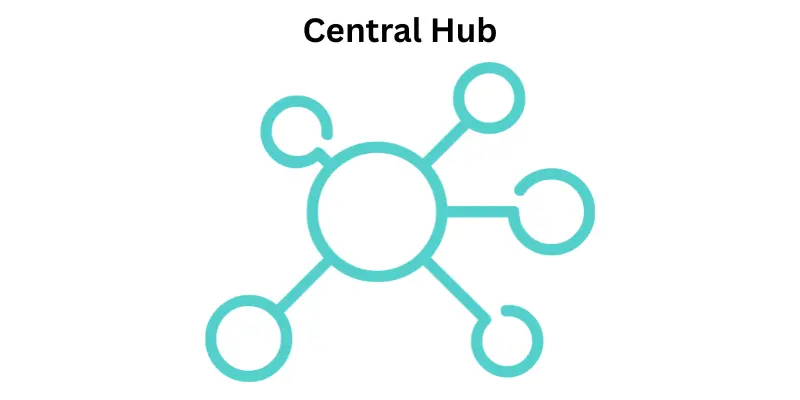
2. Network Switch
There are times when a switch is used instead of a basic hub. A network switch is smarter than a hub. It can send data only to the device that needs it. This helps reduce traffic and improve speed in the star topology structure.
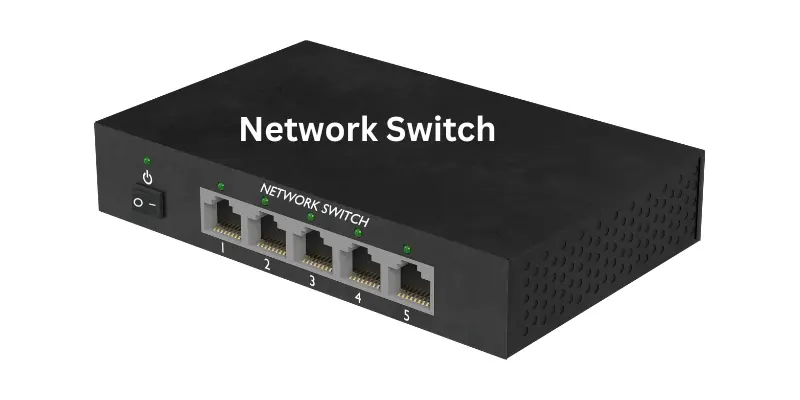
3. Network Router
They are sometimes added to the star network to connect it to the internet. A router gives all the devices in the network access to online resources. It also helps control data between different networks.
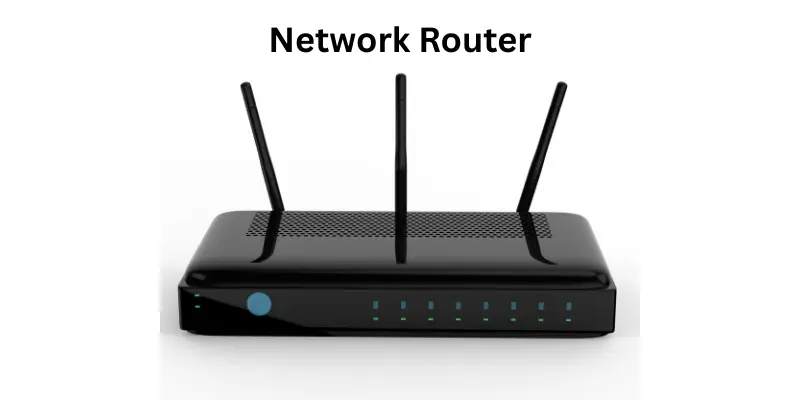
4. Network Cables
It is important to have strong cables in a star layout. Each device has its own cable that runs to the central hub or switch. This makes the network more reliable and easier to fix if a problem happens.

5. Network Nodes
They are devices like computers, printers, or smart tools that are connected to the star layout. These nodes send and receive data through the central point.
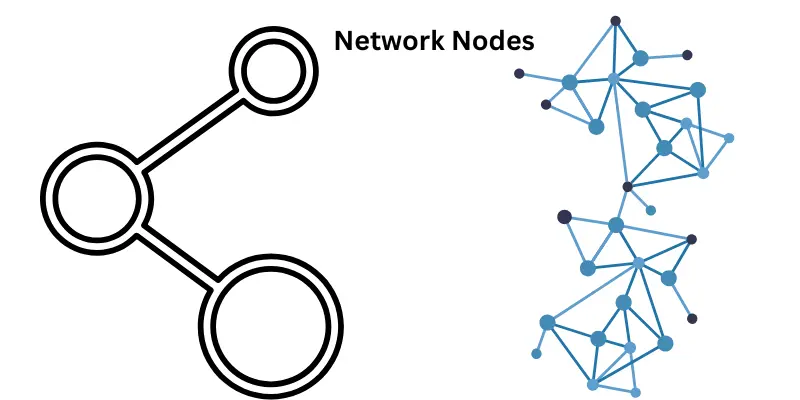
6. Network Hub
A simple version of the central point is known as a hub. It sends the same data to all connected devices. It is often used in small or basic networks where speed is not the main goal.
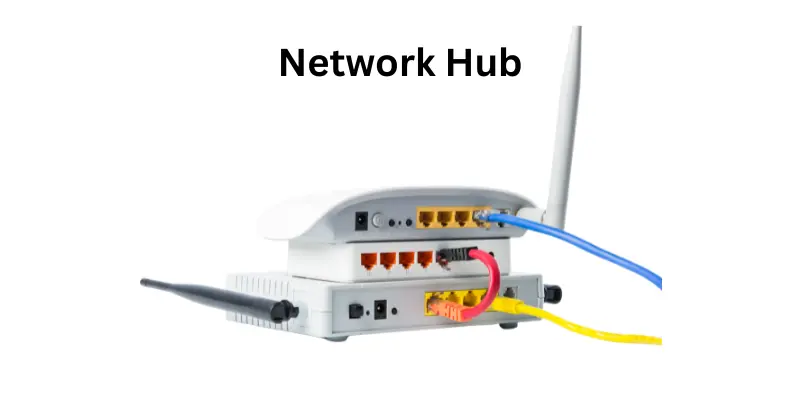
7. Network Interface Cards or NICs
Each device in the star topology must have a NIC. It is the part that lets the device connect to the network and talk to other devices.
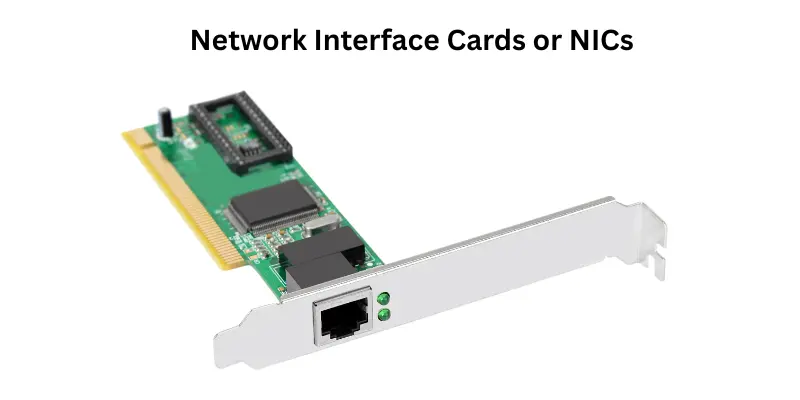
8. Wireless Access Points
There are setups where wireless devices need to join the wired star layout. In this case, wireless access points help them connect without using physical cables.
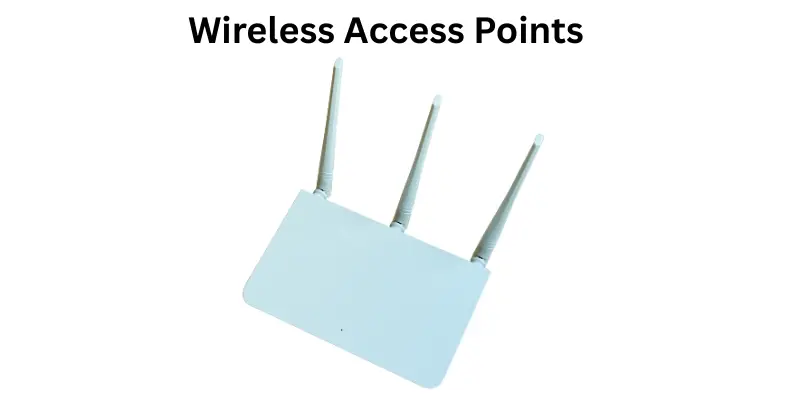
9. Patch Panel
It is used to organize and manage the many cables in a large network. A patch panel helps keep the setup neat and makes it easier to find problems.
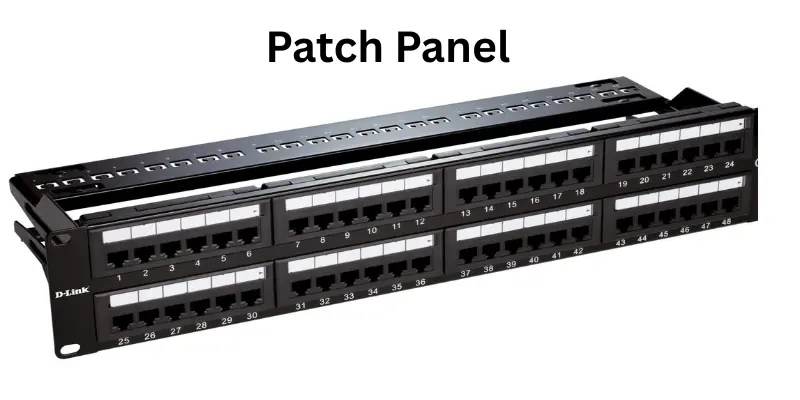
10. Network Management Software
This software allows users to watch and control the network. It helps check the health of the network and fix issues quickly. It also improves network performance.
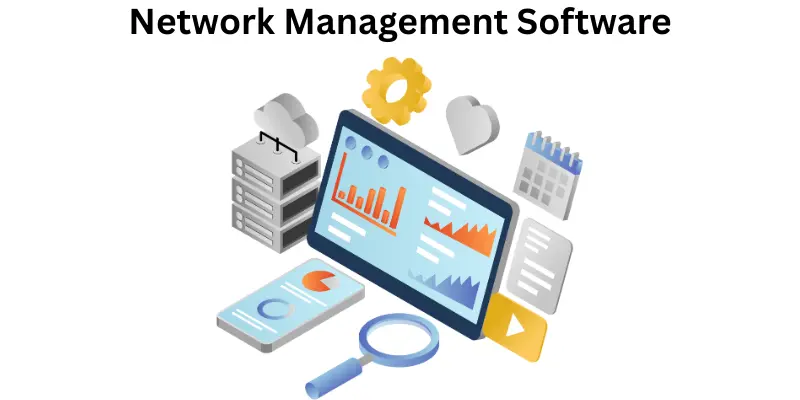
11. Power Supply Unit
There are power units needed to keep the hub, switch, and other devices working. A steady power source is key to keeping the network running without breaks.
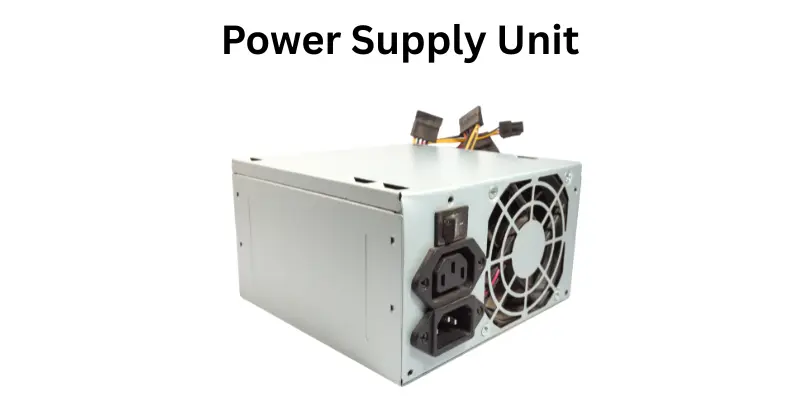
12. Network Extenders
They are used to stretch the network when the central point and a device are far apart. Extenders keep the signal strong even over long distances.
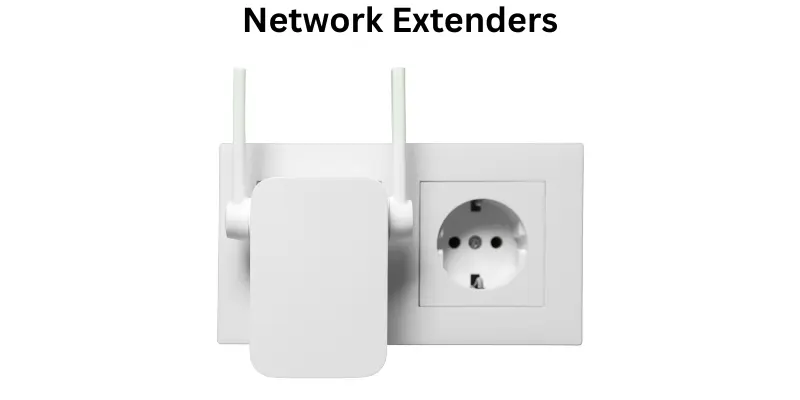
13. Firewall Device
It is a tool that protects the network from unwanted access. Firewalls help block harmful traffic and keep data safe.
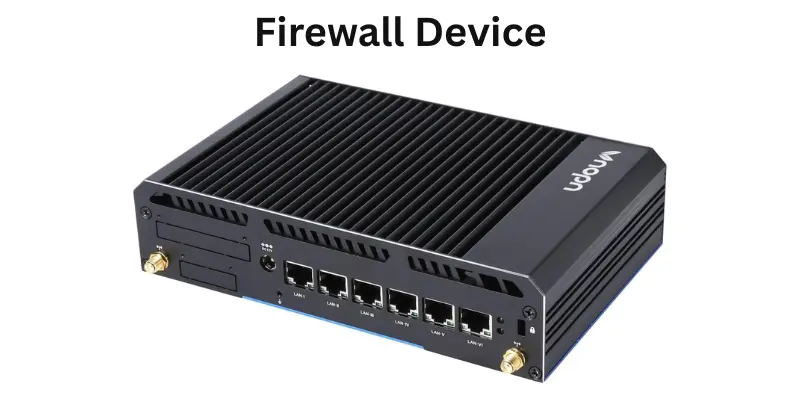
14. Server
There are servers that store files and provide services to other devices in the star layout. All devices can reach the server through the central connection.
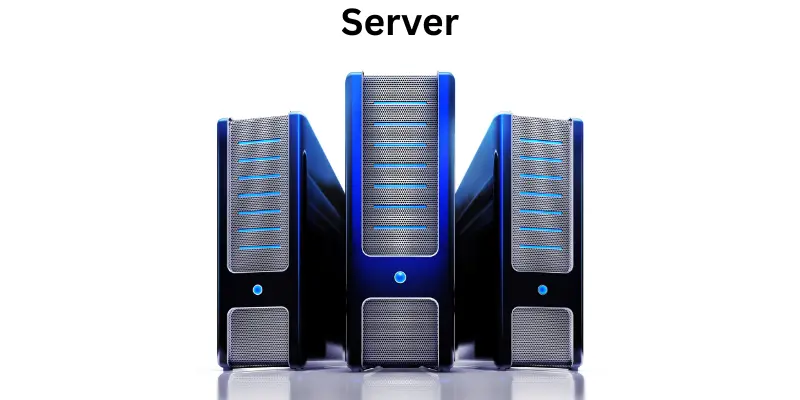
17. Cooling System
There are setups that include many running devices. In such cases, a cooling system helps stop the machines from overheating and keeps them safe.
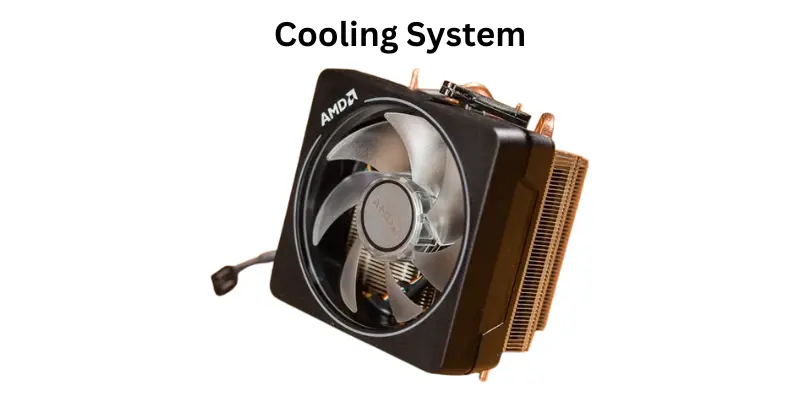
18. Network Protocols
These are rules that control how data moves in the network. Protocols like TCP and IP are used in star topologies to guide and protect the data flow.
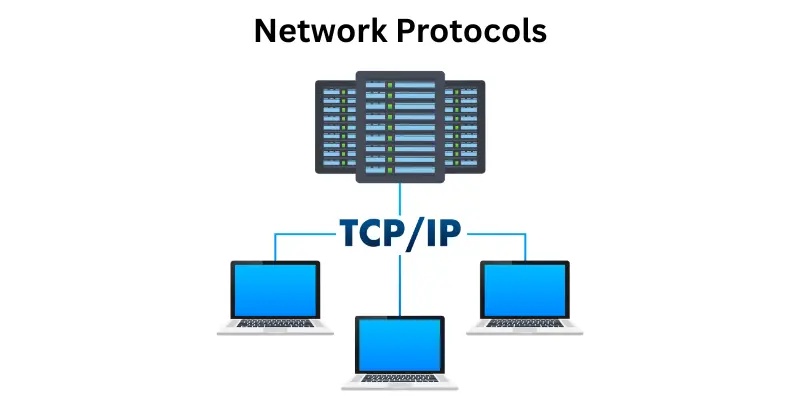
19. Diagnostic Tools
There are tools made to test cables and network signals. These tools help find problems and keep the network in top shape.

Star Topology Diagram
A star topology diagram shows how different devices are linked to a central connection point. It is easy to understand because each device has its own path that goes directly to the main hub. This type of diagram helps beginners and experts see the full structure of the network layout in one simple view.
There are many devices that work together in a star network diagram. These include a central hub or a network switch. They are placed in the center of the layout. Then there are network nodes that connect to this central point through network cables. Other items like a router and network interface cards are also used in the setup.
When you look at a basic star network layout diagram, you will see one central point in the middle. There are lines moving out from the center to different devices. This style shows the centralized nature of the star network design.
The structure helps with network reliability and easy troubleshooting. It also shows that when one device stops working, the rest of the system stays active. A well-labeled star topology illustration will include things like cables, nodes, routers, and switches. This makes it a helpful visual for learning.
There are also different types of star network diagrams. These include wired and wireless versions. In a wireless setup, there may be a wireless access point in the center instead of a hub or switch. This shows the flexible nature of the star topology structure.
Using a star topology diagram makes it simple to teach how data flows in a network. Data goes from a sending device to the central hub. Then it moves from the hub to the receiving device. This flow is shown clearly in the diagram.
Star network diagrams also support high-speed communication. They are often used in computer labs, business offices, and schools. They help with fast upgrades and network maintenance.
Overall, star topology visuals and layouts help in understanding the structure and key features of this network model. It is also helpful for comparing star topology with other types of network topologies.
Key Features of Star Topology
There are many reasons why the star topology is often used in both small and large networks. It offers strong benefits that help users create faster and more stable connections. Below are the key features of star topology explained in simple words.
- Centralized Structure: It is built around a central point that connects all devices. This central spot controls data flow and helps manage the entire network from one location.
- Individual Connections: There are separate connections from each device to the central hub or switch. This setup makes it easier to find and fix problems without affecting the whole network.
- Easy Installation and Maintenance: It is simple to set up and keep running. When a new device is added or an old one is removed, the rest of the network keeps working with no trouble.
- Scalability: There are more devices that can be added easily. This makes the star network a smart choice for growing businesses or expanding systems.
- Network Reliability: It is more reliable because if one cable or device stops working, the others can still work without any issues.
- Reduced Data Collisions: There are fewer chances of data running into each other. Each device talks to the central hub or switch, so the flow stays smooth and organized.
- Fault Tolerance: It is able to handle problems in one part of the system without shutting down the whole network. This is useful in keeping data safe and operations steady.
- Potential for Single Point of Failure: There is one main weakness which is the central hub or switch. If this part stops working, the entire star topology stops working too.
- Higher Cost: There are more cables and devices needed compared to simpler topologies. This can make the star setup more costly in terms of tools and wires.
- Enhanced Performance: There is better network speed and control. Since data moves through the center, the system can run faster and more smoothly.
- Flexible Technology Use: There are many kinds of devices that can work well in a star layout. Users can mix and match tools to fit their needs.
- Increased Security: There is a single point to watch and protect. This makes it easier to spot bad traffic and keep the network safe from harm.
- Network Management Support: It is easy to manage the network because all connections lead to one spot. This helps with setup, repair, and tracking of devices.
- Fast Troubleshooting: There is less confusion when finding problems. If one device has trouble, it does not affect others, making repairs quicker.
- Consistent Performance: There is steady speed and fewer slowdowns. Each device gets equal access through its own line to the central point.
- Support for High-Speed Devices: There are star networks that can handle fast computers and modern devices. This makes it good for schools, offices, and homes with high-speed needs.
- Easier Upgrades: There are updates that can be added without stopping the network. New tools or better software can be installed smoothly.
Characteristics of Star Topology
Star topology is a popular network layout that offers a clear structure and reliable communication. It is often chosen for its organized design and dependable performance. Below are the Characteristics of Star Topology explained in simple words.
- It is a network layout with a centralized structure.
- There is a central hub or network switch that connects all devices.
- Each node has its own direct connection to the central device.
- They are helpful in reducing network traffic and data collisions.
- It is easy to identify and fix problems due to the simple layout.
- There are fewer disruptions because a single cable failure affects only one node.
- They are ideal for networks needing fast troubleshooting and clear monitoring.
- It is compatible with both wired and wireless connections.
- There is better control using network management software.
- It is easier to scale by adding more devices to the central point.
- They are used in schools offices and home networks for efficient data flow.
- There is consistent network performance even with many connected devices.
- It is flexible and supports upgrades and high-speed data communication.
- There is increased security through centralized firewall protection.
- They are reliable in maintaining stable connections for each node.
- It is necessary to protect the central device to avoid a full network stop.
- There are fewer chances of signal loss compared to other topologies.
- They are recommended for environments where strong performance is required.
Where Star Topology is Used
Star topology is a popular network layout that is used in many different environments. It is designed with a central hub or switch that connects all devices in the network. There are many places where this type of network setup is used because it offers simple maintenance, strong data security, and high-speed performance. Below are the uses of star topology explained in simple words.
- It is used in school computer labs where all systems connect to a central switch.
- There are businesses that prefer this layout for reliable internal communication.
- It is common in office networks that need easy management and quick troubleshooting.
- There are data centers that rely on this design for stable performance and centralized control.
- They are used in hospitals where each device needs a strong and separate connection.
- It is found in banking systems where security and fast data transmission are important.
- There are universities that build campus-wide networks using this topology.
- It is used in smart homes where multiple devices need to connect to a central hub.
- There are government buildings that use it for secure and organized network access.
- It is ideal for call centers where stable communication and fast response are required.
- There are retail stores that use this structure for point-of-sale systems and inventory tracking.
- It is used in airport systems to handle booking counters and control panels.
- There are hotels that use this layout for connecting guest rooms to the main network.
- It is helpful in research labs where constant device connectivity is important.
- There are warehouses that rely on this network design for barcode scanning and inventory updates.
Difference Between Star Topology and Bus Topology
It is important to know the main differences between star topology and bus topology when choosing the right network design. They both connect devices but in very different ways.
Star Topology
- It uses a central hub or switch to connect all devices
- It allows each device to have its own separate cable
- It supports easy addition or removal of devices
- It keeps the rest of the network safe if one device fails
- It provides faster data transfer with fewer collisions
- It is easier to troubleshoot and manage
- It needs more cables and hardware which increases the cost
- It is best for schools, offices, and secure communication systems
Bus Topology
- It uses a single main cable shared by all devices
- It connects each device to the same backbone cable
- It is easy to install with less wiring needed
- It costs less because of fewer components
- It may face data collisions if many devices are active
- It becomes slow with more users or devices
- It stops working if the main cable is damaged
- It is ideal for small networks with fewer connections
Advantages of Star Topology
There are many benefits that make star topology a popular choice for both home and business networks. These benefits include the following:
| Benefits of Star Topology |
|---|
|
Disadvantages of Star Topology
While star topology has many strengths, there are also some limitations to consider. These drawbacks include the following:
| Drawback of Star Topology |
|---|
|
Common FAQs about Star Topology
There are many common questions people ask about star topology. It is important to understand these answers because they help with learning how this network design works. These FAQs can guide beginners and students who want to know more about the benefits the components and the working of star topology.
It is important to first choose a central device like a hub or network switch. Then connect each computer or device to this central hub using Ethernet cables or wireless access points. After the physical connections are made, make sure all devices have network interface cards installed. Configure the IP addresses or let the router assign them automatically. Test each connection to confirm the network is working correctly. It is helpful to label each cable to make future maintenance easier.
If there is a connection issue, then first check the device that is not working. Make sure the cable is plugged in properly. Then check the lights on the central hub or switch to see if it is receiving data. Use network diagnostic tools or software to test signal flow. If one device is not connected, the rest of the network still works which helps you locate the exact point of failure. Replacing the faulty cable or port often solves the problem quickly.
It is very simple to add a new device in a star topology. Find an empty port on the central hub or switch. Connect the new device using a network cable. Then install the necessary drivers or allow the system to detect the new device. If the central hub is full, then you can use another hub and connect it to the main one. This setup is called an extended star topology and it helps the network grow easily.
To protect your data, it is important to use a firewall device and enable encryption settings. Secure the central hub or switch with a strong password. Then install antivirus software on all connected devices. Set up user permissions to control who can access the network. Regular software updates and monitoring tools will also help detect threats early. This is how you keep the network safe and secure.
There are many uses of star topology in homes, schools, and businesses. It is used in computer labs where each student’s computer connects to a central switch. Offices use it to connect employees’ computers to a central server or database. At home, smart TVs, laptops, and gaming devices often connect to a wireless router in star layout. Star topology is also used in hospitals to manage patient records from different departments through one main server.
Star topology is used in educational institutions because it is reliable and easy to maintain. If one system fails, then the rest continue working without issues. Teachers and students can access shared files from a central server. It also helps the IT team manage internet access and network security more effectively. That is why star topology is popular in schools and colleges.
There are many business offices that use star topology to connect workstations, printers, and storage devices. It is commonly used in call centers, banks, and retail stores. Star topology allows employees to share data quickly and safely. It also helps in backing up important files on a central server. This setup keeps the business running smoothly and makes it easier to solve network issues when they happen.
Star topology is useful in smart homes because it helps connect different smart devices to a central hub or router. These include smart lights, cameras, TVs, and voice assistants. All devices can be controlled from one main device like a mobile phone or tablet. It allows users to manage energy use, security, and entertainment with ease. That is how star topology supports smart living.
Yes, star topology is a good option for gaming networks. It reduces lag and data collisions because each gaming device has a separate line to the hub. This improves speed and makes multiplayer gaming more stable. Gamers also prefer star networks because if one player disconnects, the rest of the network keeps working without interruption.
In large companies, star topology helps managers control how data flows between departments. Each team connects to the main server and shares files in real time. Network administrators can easily track usage and fix problems fast. This organized setup supports teamwork and improves communication across the office.
Conclusion
Star topology is one of the most popular and trusted network designs used in homes, schools, and offices. It connects each device to a central hub or switch which makes it easy to manage and troubleshoot. There are many types of star topology such as active star, passive star, extended star, and hybrid star. Each one fits different needs depending on the size and purpose of the network.
It is simple to add new devices, control data flow, and protect your information using this setup. Whether you are setting up a smart home, a gaming room, or a computer lab, star topology gives strong performance and smooth communication between devices. This design also helps keep the network running even if one device stops working.

- Be Respectful
- Stay Relevant
- Stay Positive
- True Feedback
- Encourage Discussion
- Avoid Spamming
- No Fake News
- Don't Copy-Paste
- No Personal Attacks

- Be Respectful
- Stay Relevant
- Stay Positive
- True Feedback
- Encourage Discussion
- Avoid Spamming
- No Fake News
- Don't Copy-Paste
- No Personal Attacks





